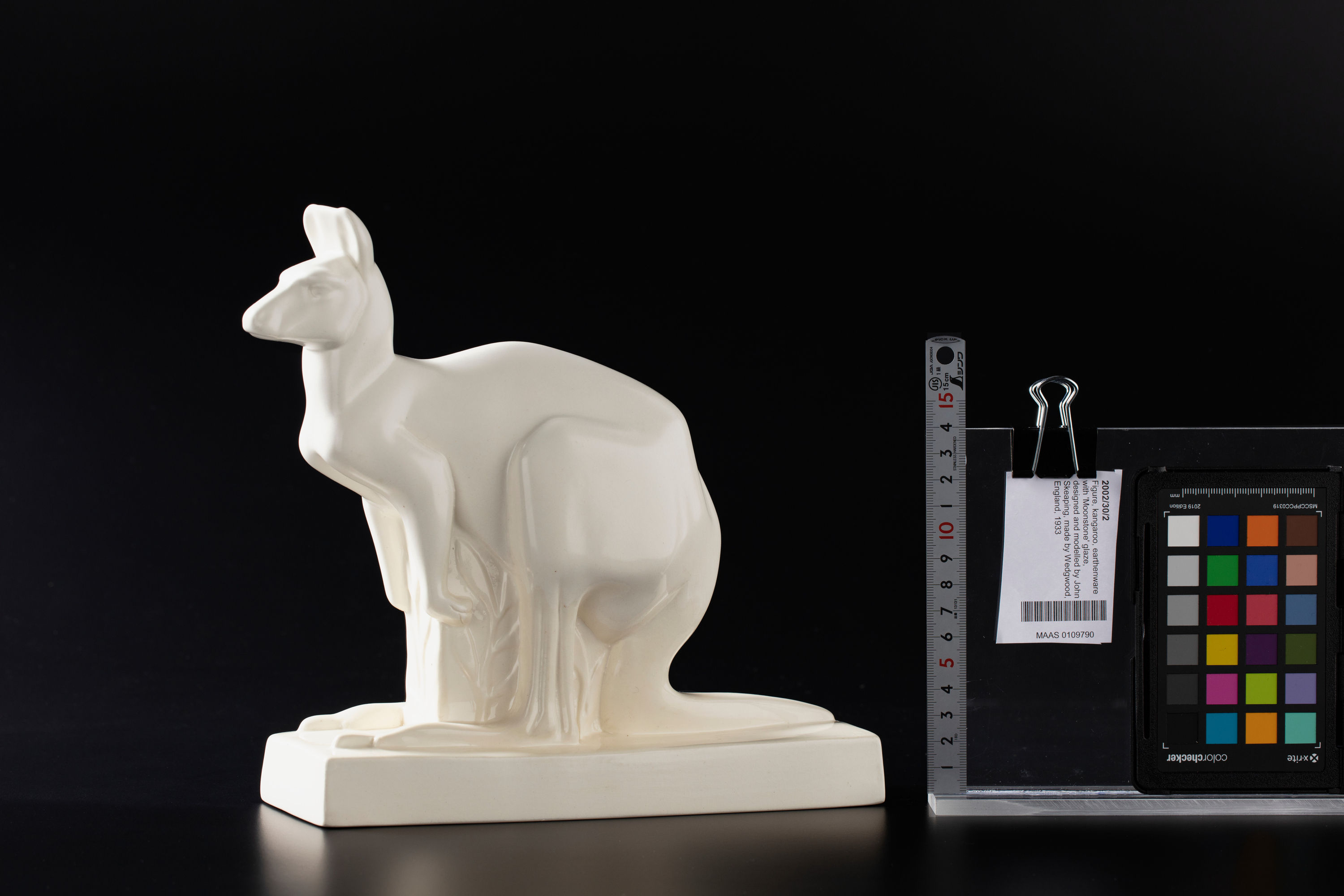
We are digitising more than 330,000 items in the Powerhouse Collection to provide extraordinary levels of community access and support ongoing research and interpretation.
The Powerhouse is custodian to over half a million objects of national and international significance spanning cultures and millennia. The Collection is constituted across 20 focus collecting areas ranging from science and technology to fashion, arts and design.
For International Museum Day 2020, we’re excited to take you behind the scenes to show what is involved in preparing and photographing just one object in the Powerhouse Collection Relocation and Digitisation Project.
Assessment
Working in pairs, a Conservator and a Registrar from the Assessment Team identify and review the conservation and documentation requirements for each object. Each object’s physical and material condition is evaluated as is the accuracy of the object’s records and documentation. Their recommendations are recorded in the collection management database for action by the teams working on the next project phases.
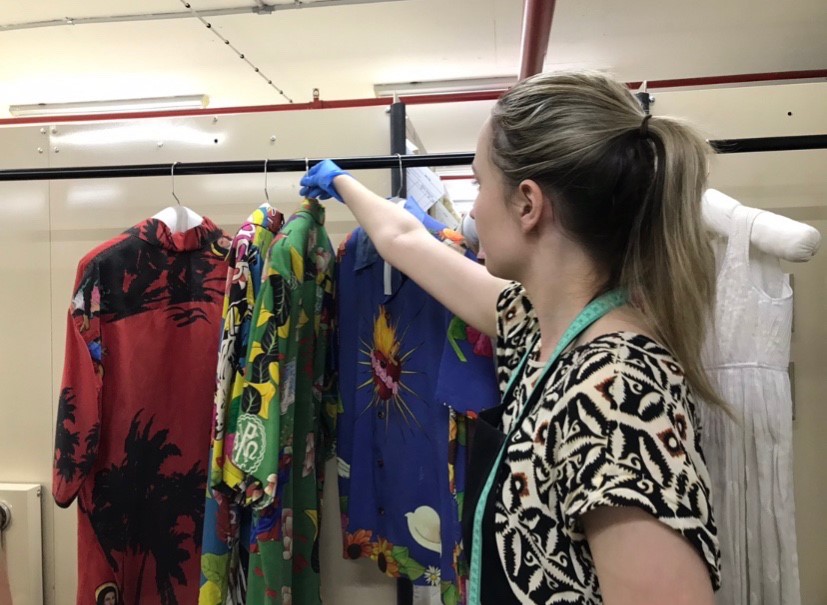
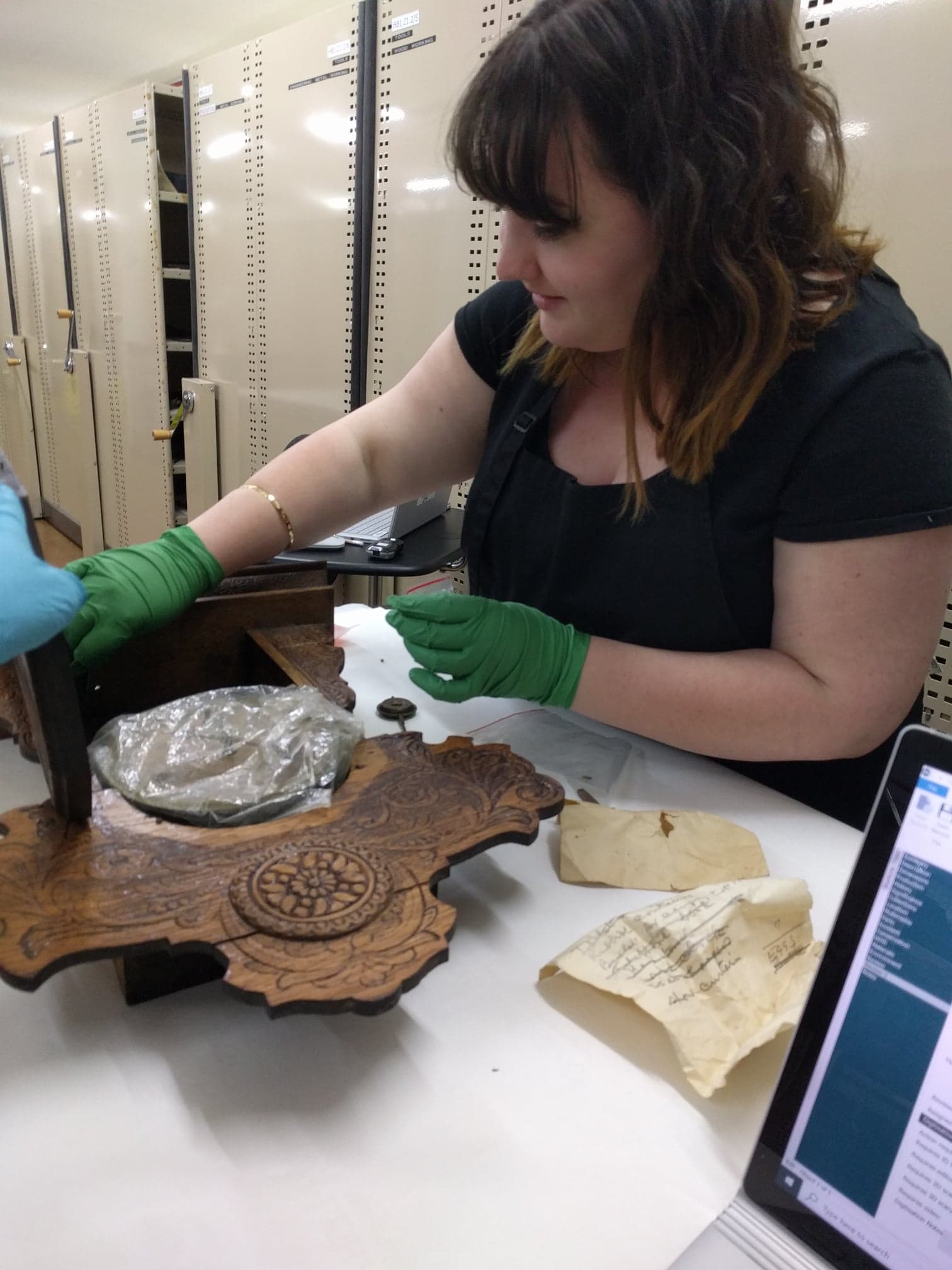
Documentation
Working from the Assessment Team’s recommendations and notes, the Registrars in the Documentation Team delve into the object’s origin and history. The Museum’s collection dates back 140 years and untangling the stories of objects that may have arrived here more than a century ago can sometimes be a challenge. Consulting the Museum’s early stock books and comprehensive archives, along with online and library resources, the Documentation Team research and record details of the object’s manufacture and provenance. They work closely with the Museum’s Curators to understand and document the object’s story, often uncovering new details in the process. All this information is entered into our collection management database where it is automatically published to our Online Collection, making updated records available to the public almost immediately.
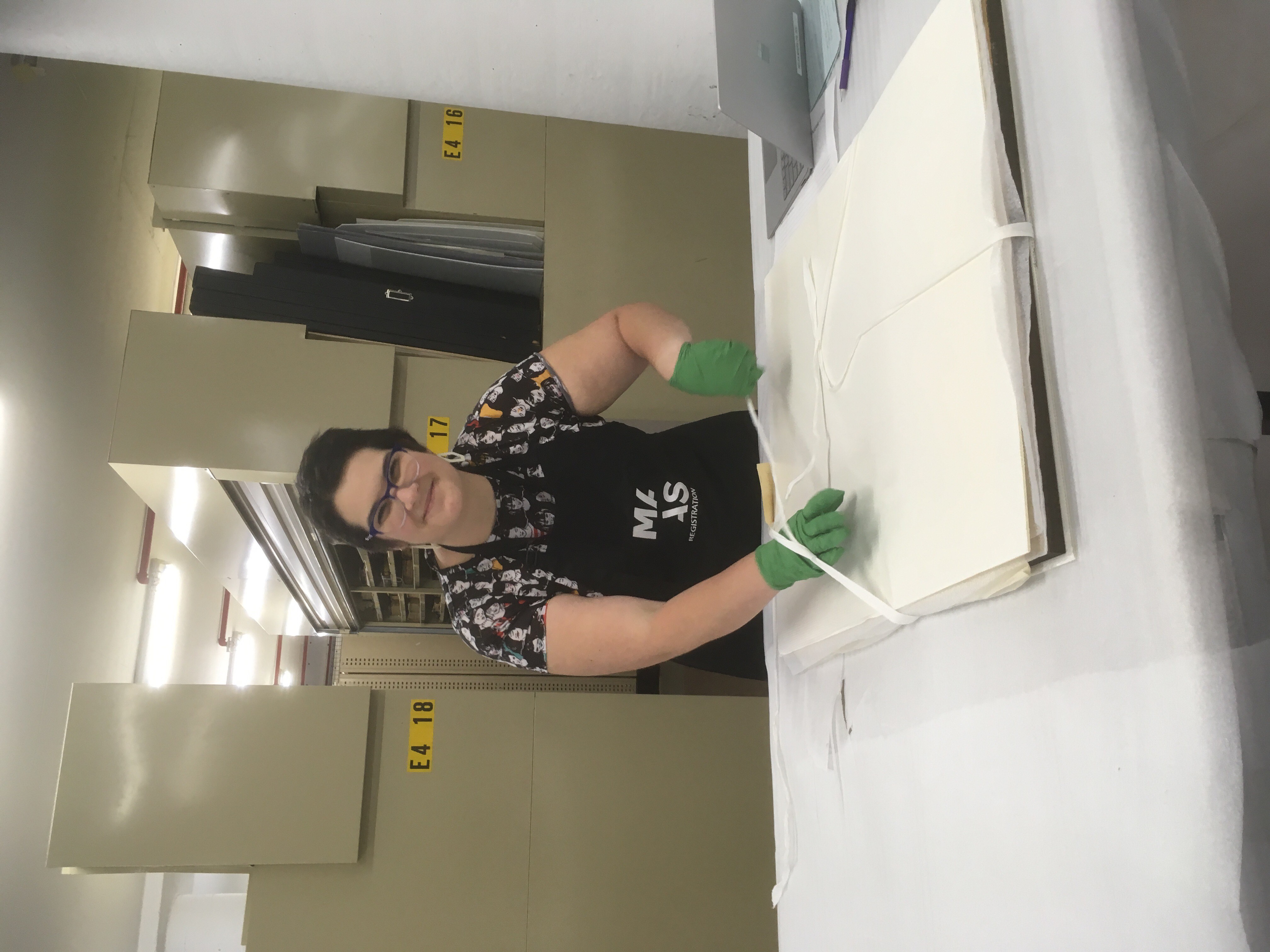
Conservation
Conservation work is a key part of preparing objects for Digitisation, and this project has provided an unprecedented opportunity to treat thousands of objects in our collection. They develop plans and carry out treatment work for each object identified by the Assessment Team review. Objects are stabilised and cleaned in some cases so that they can best present for image capture and can be safely handled to move through all project phases. The Conservation Team also provide advice on how to store the object – including environmental conditions and object supports – to best preserve our precious collection for future generations. You can see more of the Conservation Team’s work here.
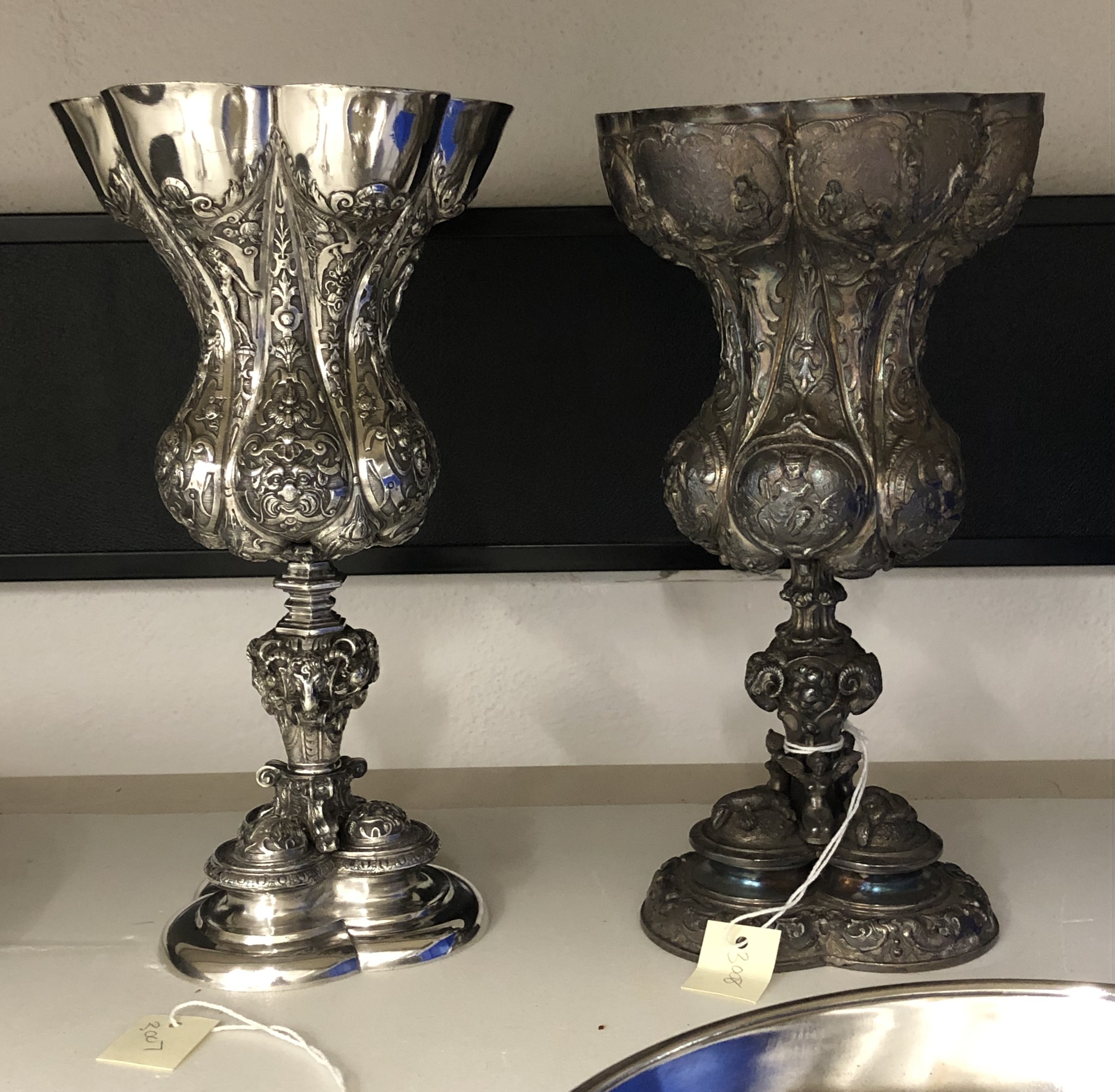
Packing
Following the advice of the Conservation Team, our Packing Team prepare the object for careful transportation to the Digitisation Studio in the Powerhouse Museum. Often several approaches are tested before the best solution is settled on. The object’s packing may involve custom-made boxes and careful placement of foam, as well as tethers to support any loose or hanging parts and ensure nothing can move during transportation. Once constructed, these custom packing boxes will double as long-term storage, protecting the objects into the future.
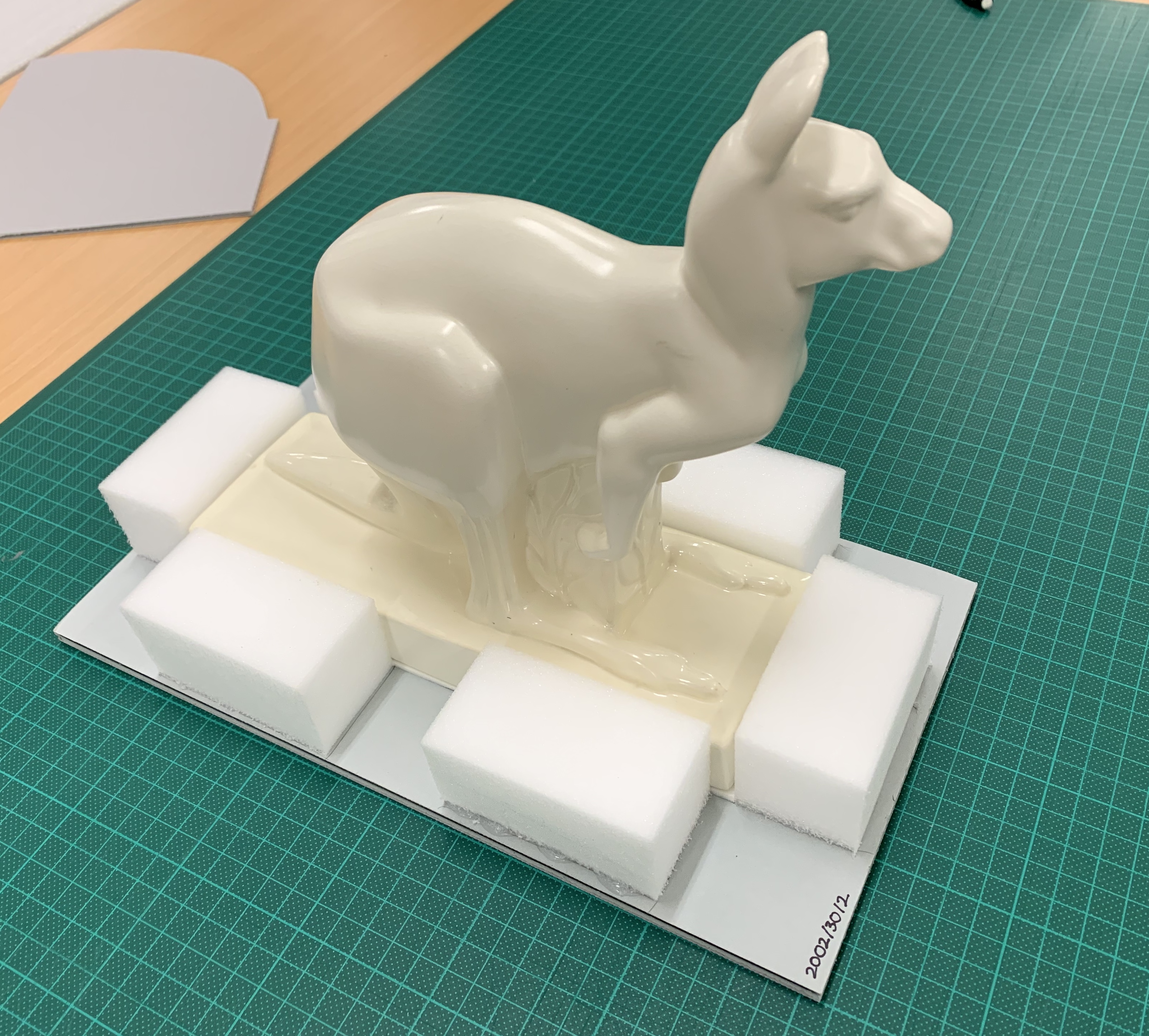
Digitisation
The object will typically arrive in the Digitisation Studio before the Museum opens for the day. The Studio is a dedicated space within the Museum and is equipped with high-resolution digital cameras and scanners that can cover 3D and 2D formats and will later expand to enable 3D scanning and reformatting of variable media items such as oral histories, film, video and artworks. Batches of similar items are scheduled for photography on the same day, so they can be packed and moved to the studio together, which also makes the process more efficient for the photographers, who can capture all the day’s items without having to change their setup.
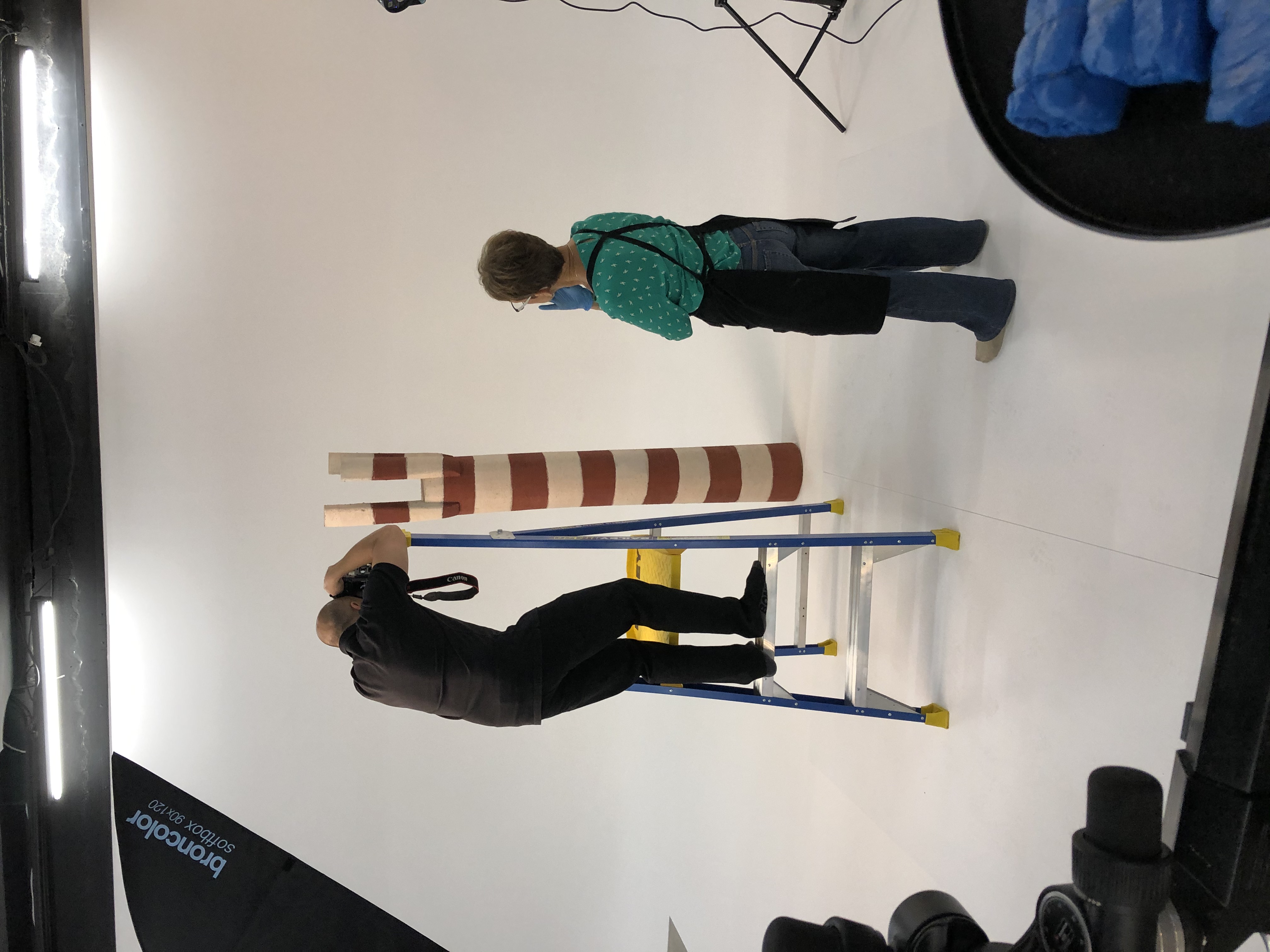
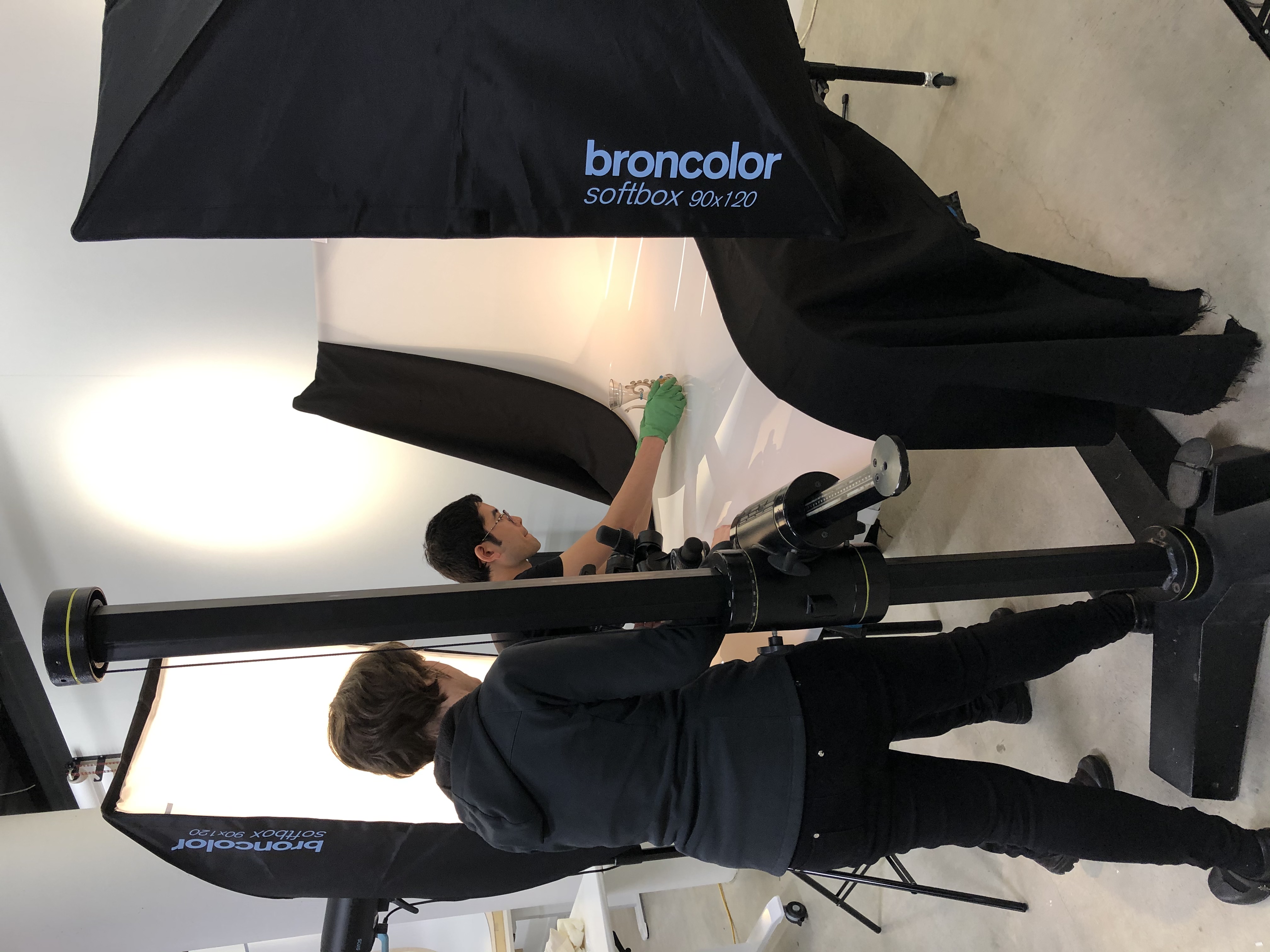
One of the objects recently Digitised is this earthenware kangaroo made by renowned English ceramics manufacturer Wedgwood from John Skeaping’s 1927 design. The photographers worked closely with Curators to determine how the object would be shot, and to capture different angles including the base, which in this case displays markings relating to the object’s manufacture that may be of interest to researchers. The high-resolution images are stored and managed in the Digital Asset Management System which is linked to the Museum’s database, and from there published, alongside the object documentation and research, on our website. So far 882 objects have been Digitised and more are being added every day.
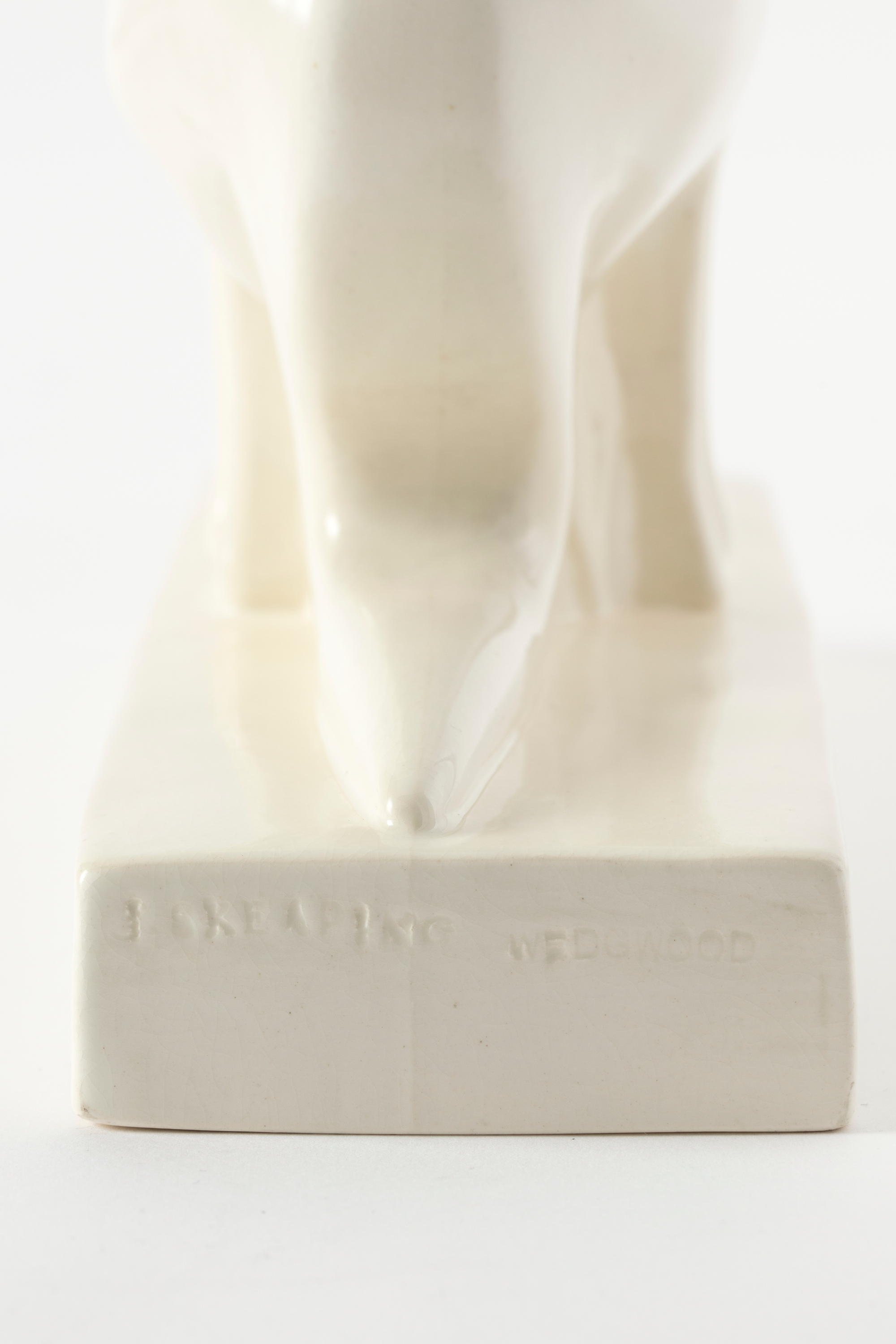
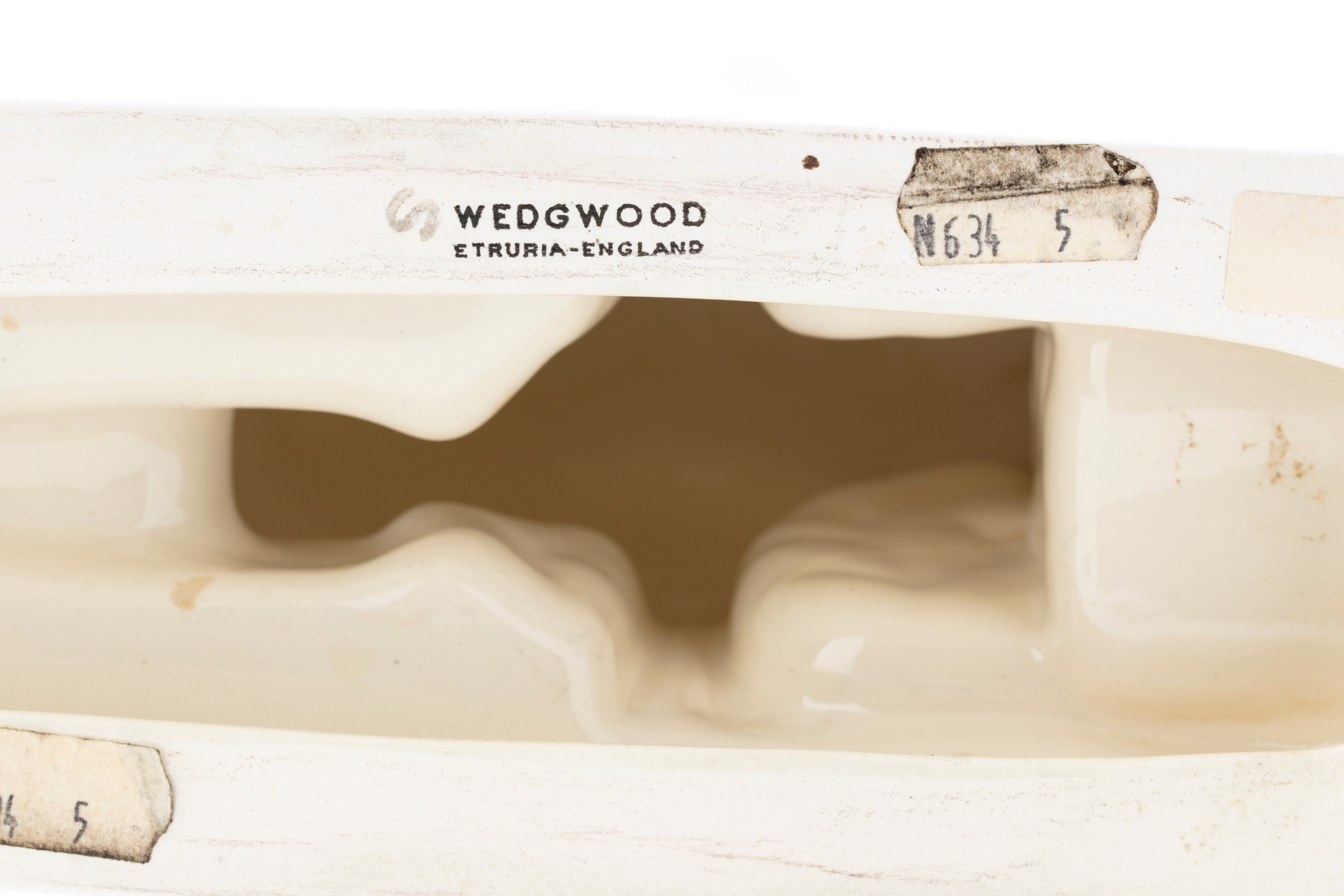
The images from the Powerhouse Collection Digitisation Project are intended to provide enough information about an object to allow Museum staff and researchers to understand the form, texture, material and in most cases the manufacturing process without retrieving the physical object, making the collection more accessible to all users regardless of geographic location, and helping to preserve the collection by reducing unnecessary object handling. The Powerhouse Collection Digitisation Project will greatly increase the number of objects that are available online in high resolution, with detailed new documentation for all to enjoy, anytime and anywhere.
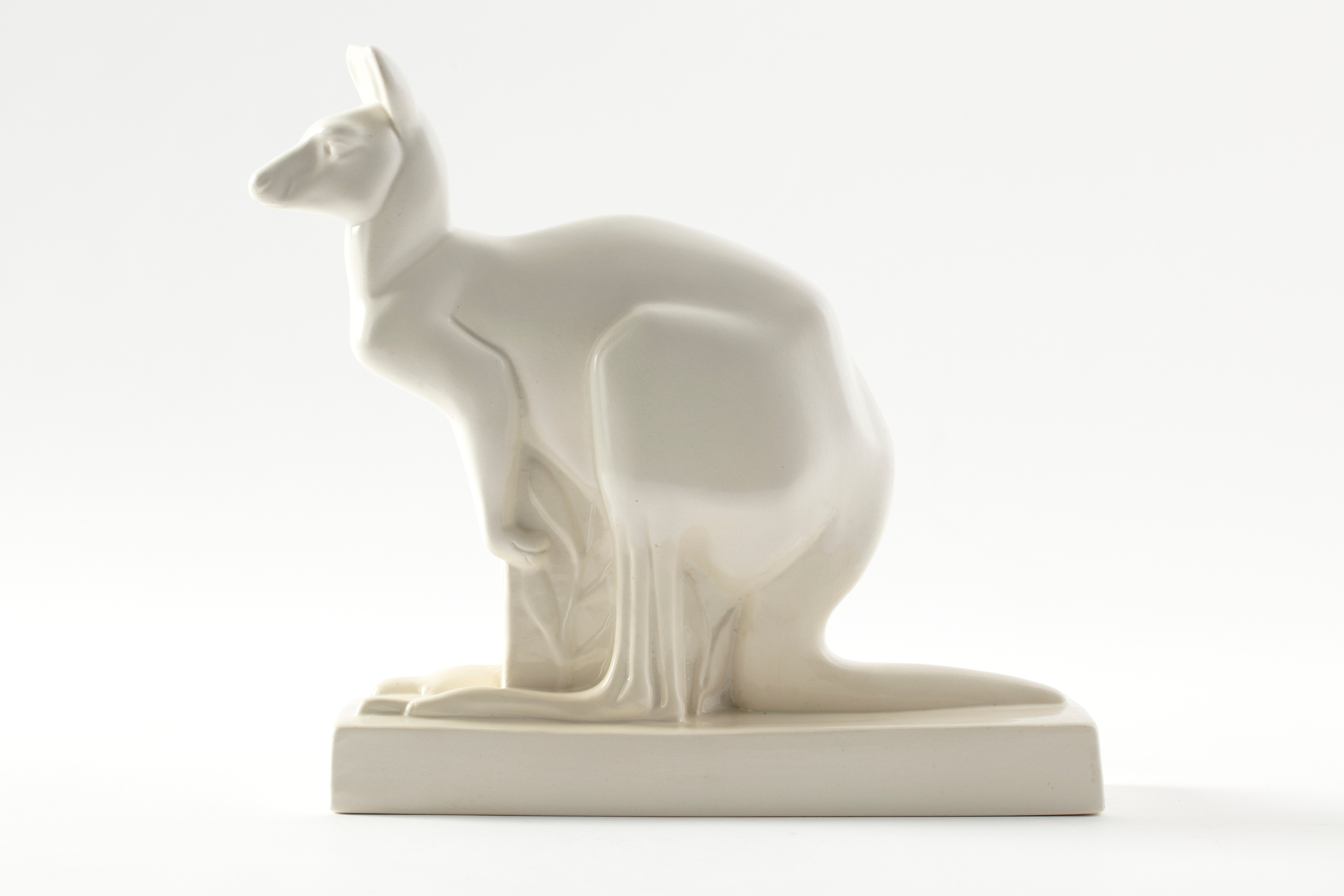
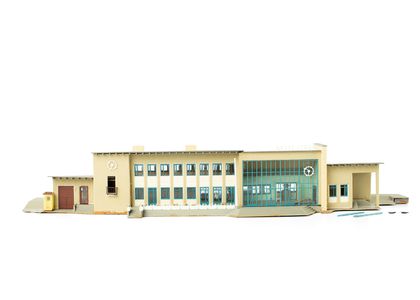
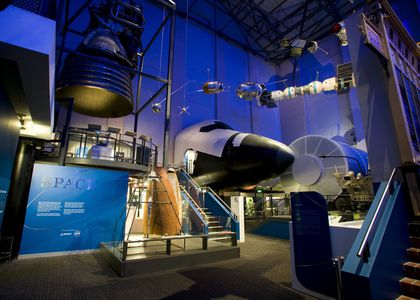
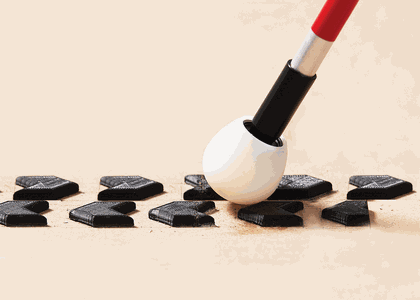
I have viewed many objects in the on-line catalogue over time, being a volunteer at the Power House Museum. What seems to be missing with many objects is a rear or bottom view. As an example view https://collection.maas.museum/object/39249. In many cases, particularly where there is a considerable technological component like a TV or a computer, the inside can be of greater interest than the exterior. Would that be possible for the digitisation project now being undertaken?